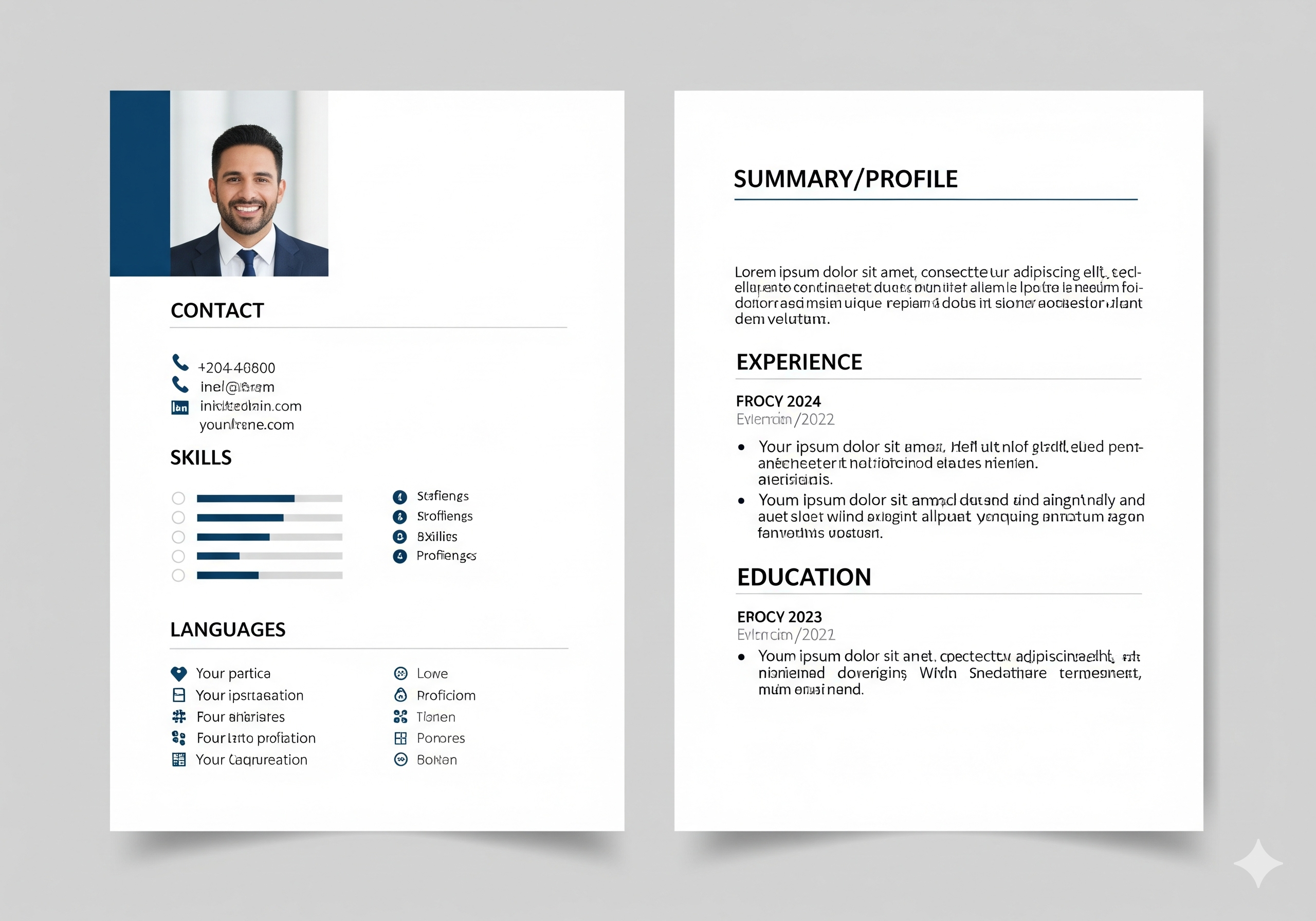Employee turnover, also known as attrition, poses a major challenge in various industries. It is essential to comprehend and tackle the factors behind attrition in order to sustain a reliable and efficient workforce. Below are some typical causes of attrition and approaches to manage or prevent it.
Common Reasons for Attrition
- Lack of Career Advancement Opportunities:
Employees often depart when they do not see a defined route for advancing their careers within the organization.
Solution: Introduce clear career advancement plans, regularly promote employees, and provide opportunities for skill enhancement and training.
- Inadequate Compensation and Benefits:
Competitive salary and benefits are crucial for retaining employees; if compensation is below industry standards, employees may look for better opportunities elsewhere.
Solution: Regularly assess and adjust compensation packages to stay competitive and provide comprehensive benefits that meet employees’ requirements.
- Poor Work-Life Balance:
Inadequate Work-Life Harmony: Overwhelming workloads, extended hours, and lack of flexibility may result in burnout and discontent.
Solution: Foster a balanced work-life dynamic by providing adaptable work schedules, promoting regular breaks, and proficiently managing workloads.
Excessive workloads, long hours, and insufficient flexibility can lead to burnout and dissatisfaction.
Solution: Promote a healthy work-life balance by offering flexible work arrangements, encouraging regular breaks, and managing workloads effectively.
- Lack of Recognition and Appreciation:
Employees want to feel valued and appreciated for their contributions. Low acknowledgement can cause disengagement and employee attrition. Employees seek acknowledgment and gratitude for their efforts. Insufficient recognition may result in reduced engagement and increased staff turnover.
Solution : Establish consistent acknowledgment initiatives, commemorate accomplishments, and offer valuable input.
- Unsatisfactory Work Environment:
A hostile or unwelcoming work environment can cause employees to leave.
Solution: Encourage a positive work atmosphere by supporting diversity, swiftly resolving disagreements at work, and fostering cooperation and teamwork.
- Limited Job Satisfaction:
Undemanding work, a lack of autonomy, and repetitive duties can all contribute to a lack of job satisfaction.
Solution: Give workers meaningful and varied work, give them autonomy, and involve them in decision-making.
- Higher Opportunities Elsewhere:
Workers may depart in search of more prestigious organizations, higher job titles, or better career prospects.
Solution: Develop a strong argument for remaining with the organization by emphasizing special chances for development, education, and influence.
- Poor Management:
Employee morale and retention can be greatly impacted by incompetent or unsupportive management.
Solution: Make a commitment to leadership development, guarantee that managers receive training on effective personnel management, and promote transparent communication between staff and management.
- Misalignment with Company Values:
Workers are more likely to quit if their own values do not coincide with the culture and values of the organization.
Solution: Make sure hiring process values are communicated clearly and that there is alignment. Encourage a culture that embodies those principles.
- Health and Well-Being Concerns:
Untreated physical and mental health conditions might result in attrition.
Solution : Provide mental health services, wellness initiatives, and a secure and hygienic workplace.
Strategies to Control or Avoid Attrition:
- Conduct Exit Interviews:
• Get input from departing staff to learn about the reasons behind their departure and to spot trends or recurring problems that require attention.
- Engage Workers Frequently:
• Perform surveys and check-ins on a frequent basis to find out how satisfied workers are and to proactively solve any issues.
- Provide Professional Development:
• Give staff members access to continual training and development opportunities to assist them progress in their careers within the company.
- Improve Onboarding Procedures:
• Assure that new hires feel supported from the outset, are properly incorporated into the organization, and understand their duties.
- Encourage a Positive Company Culture:
• Establish a robust, upbeat workplace culture that supports a sense of loyalty and belonging among staff members and is consistent with their values.
- Offer Competitive Compensation:
• To draw and keep top people, make sure your compensation packages are competitive with those in your area and industry.
- Acknowledge and Reward Workers:
• Establish initiatives to routinely acknowledge and provide rewards to workers for their efforts and contributions.
- Promote Career Development:
• Provide personnel with well-defined avenues for career progression and aid them in realizing their professional objectives.
By addressing these factors, organizations can reduce attrition, improve employee satisfaction and engagement, and maintain a more stable and productive workforce.


